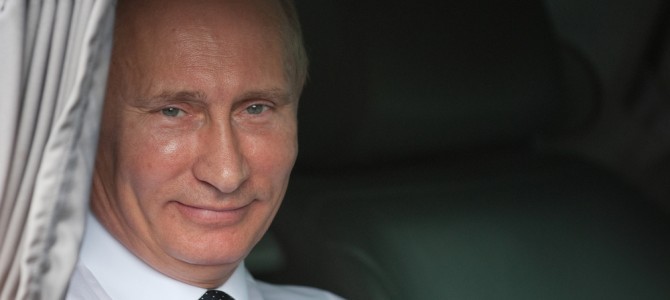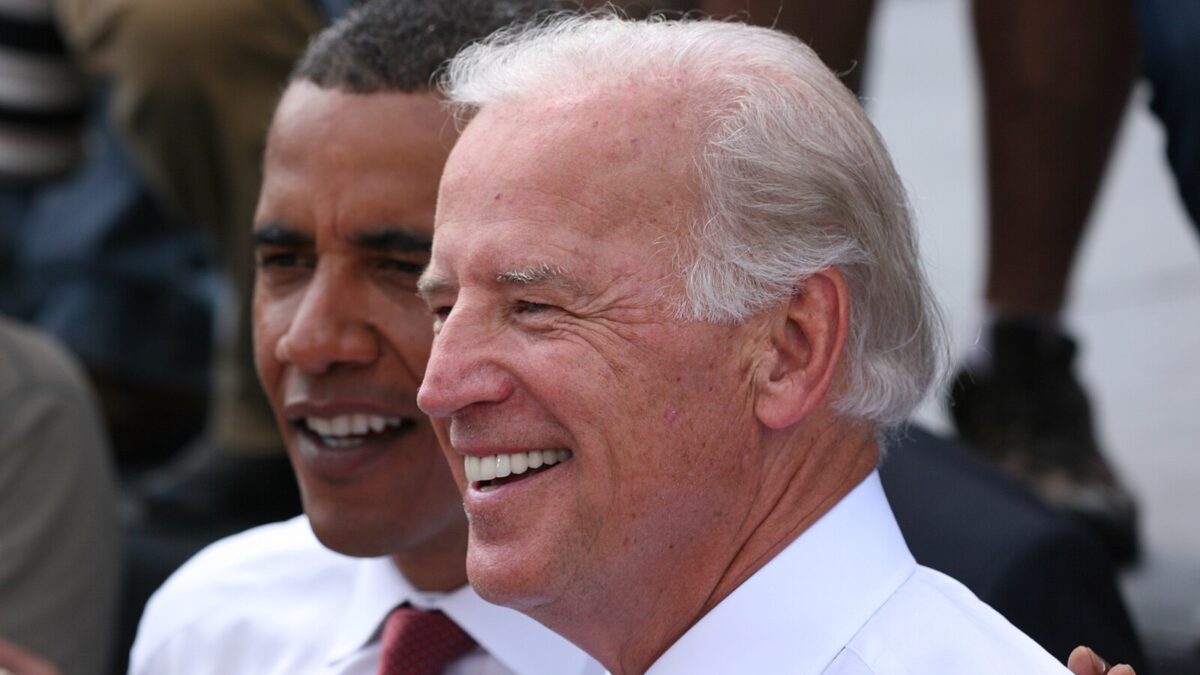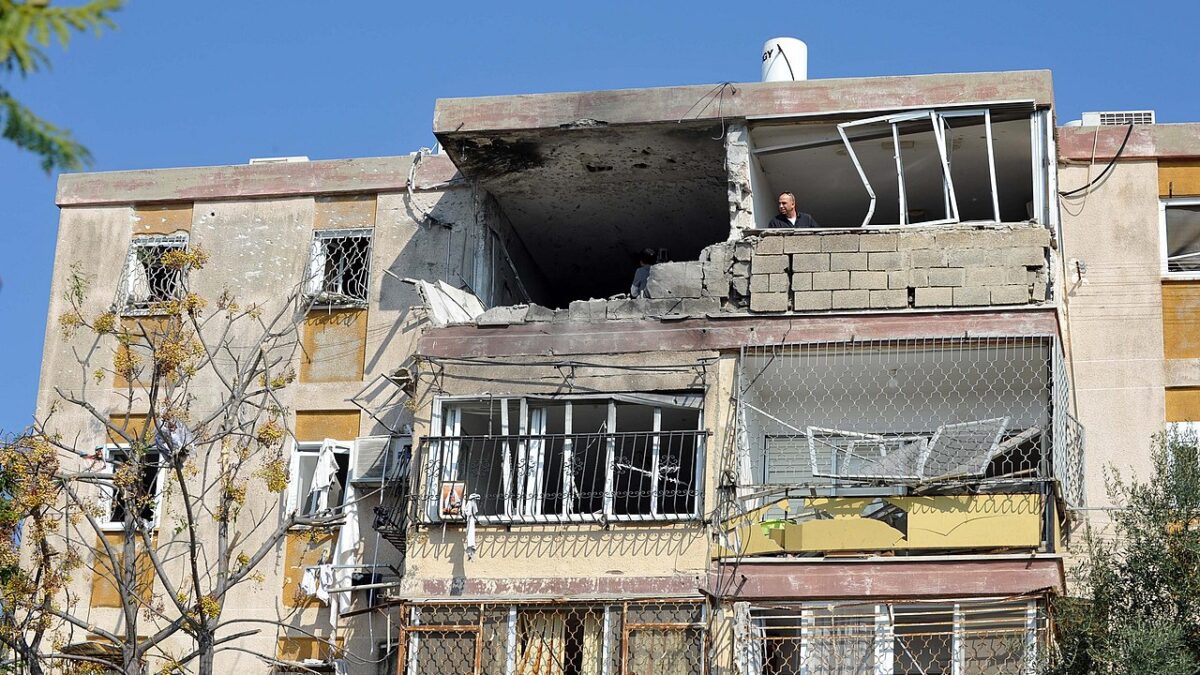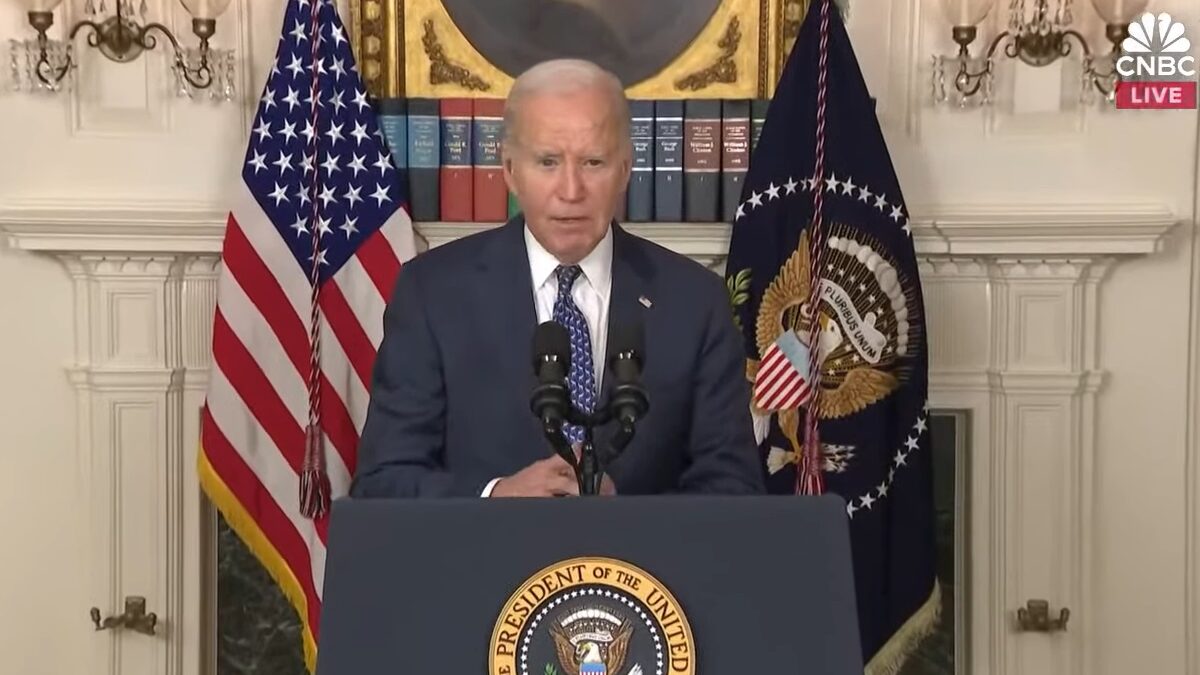
The leaders of France, Germany, Ukraine, and Russia just pulled an all-nighter in Minsk, and they came up with a cease-fire in the Russian war against Ukraine. Almost no one is optimistic about it, and for good reason: it asks much of Ukraine (including constitutional reform) while asking little of the Russians (who, according to Vladimir Putin, aren’t in Ukraine anyway). Even German Chancellor Angela Merkel, who dearly wanted an accord of some kind, called it only “a glimmer of hope.” She’s right, just as she was right that any break in the fighting that spares innocent lives is worth pursuing, at least for now.
This deal, such that it is, was preceded by a significant Western debate over whether to provide arms to the Ukrainian government. On one side, a growing and bipartisan chorus is reluctantly calling for action, a group that includes members of Congress, Secretary of Defense-designate Ashton Carter, a working group of diplomats and policy experts at the Brookings Institution—not usually known as a nest of warmongers—and even the architect of the original “reset,” Ambassador Michael McFaul, all of whom have converged on the idea that arms might have to be sent to Ukraine.
Opponents of arms to Ukraine, including the usual voices in academia, have raised the specter of “escalation.” Some of these objections are concerned and sincere, while others verge on ridiculous, but all of them share the same fear: that the Russians would view any provision of such weapons as a direct U.S. attack on Russia and open a wider war that will engulf NATO and then the world. (We know this, of course, because the Russians keep telling us so in an attempt to intimidate us out of doing something they actually fear.) In a cheap echo of the old “Red or dead?” question, some of these opponents of further involvement ask whether Ukraine is worth a major war, or even a nuclear conflict, ignoring the obvious point that the aim of a competent foreign policy is to avoid such stark and stupid choices in the first place.
Critics of further U.S. action always ask the one question they think is the Mother of All Stumpers: “What’s Plan B if the Russians escalate?” It’s a fair question and not hard to answer (as I intend to do in a moment). But for now, since the the nervous Europeans and exhausted Ukrainians have their cease-fire, it’s time to turn that question around: What’s the “Plan B” in the case of a renewed Russian offensive? As my colleague, Nick Gvosdev, has noted, this really is the last chance for any kind of meaningful cease-fire. If all else fails, as is likely, what should America do next?
Four Ways the White House Should Respond to Russian Aggression
If Putin decides to press another offensive—and make no mistake, Putin is in charge, not the ragtag bunch of goons he claims he can barely control—then the White House should change course in four ways. First, we should stop talking about what we won’t do, and maintain a judicious silence until we’re ready to announce what we will do. Second, the president should consider a reboot of the team in Washington dealing with this problem. Third, Washington must move this issue to the front burner instead of treating it like some minor border dispute we’ve outsourced to the Europeans. Finally, if Putin heads west, we must follow through on sending arms to Ukraine.
Our first move, paradoxical as it might seem, should be silence. For some reason, the Obama administration has an incurable need to express every one of its thoughts out loud, as though foreign policy is psychotherapy or some global version of the Talking Cure. In the past ten months or so of the Ukrainian crisis (as elsewhere, such as in Iran) we have left no ambiguity and no doubt, informing our adversaries right up front of the full list of the things we fear, the things we won’t do, and the costs we won’t bear.
This approach to diplomacy violates every rule of good negotiation, to say nothing of common sense. It certainly makes life a lot easier for our opponents, whether Putin or the Iranian mullahs now taking us to the cleaners, if we save them the trouble of arguing with us by essentially blowing up our own negotiating positions in advance. The Obama administration’s diplomacy has repeated this pattern over and over: we telegraph our own limits a mile out, and our enemies duly respond by pushing the buttons we’ve helpfully labeled for them.
So let’s start by shutting up. Announce that we’re undertaking a full review of all options and leave it at that, with no further explanation for the time being. Let the Russians, for a change, wonder what we’re thinking, and not vice versa.
Get Some Real Diplomats
Next, change the roster of Washington insiders dealing with Russia, or at least add people who can send a message that we’re through with business as usual. The Kremlin’s contempt for this administration is palpable, as is its racist and neanderthalic disrespect for the president himself. Moscow is an insecure regime that neurotically fears its own weaknesses, but Putin and his coterie are merciless and nimble adversaries if they sense that same weakness in others, as they do now.
The cordial relationship between Russian Foreign Minister Sergei Lavrov and Secretary of State John Kerry, for example, didn’t stop Lavrov from gleefully, almost sadistically, rolling Kerry on a Syria deal. Likewise, our “hashtag diplomacy,” with our earnest young diplomats taking to Twitter with insufferable thumbs-up selfies, produced amused and contemptuous parodies in the Russian foreign ministry. Credibility, once thoughtlessly squandered, is hard to recoup, and the sad reality is that many members of the current American team are simply too compromised by recent history for the Russians to take them seriously.
There are, however, people who could undertake what we might think of as a “reverse-reset.” My guess, as a Russia-watcher—and it is only a guess so far—is that the Kremlin fear people like Secretary-designate Carter, a wonk who can actually make the bureaucracy move weapons, far more than they fear someone like Susan Rice. (Our United Nations ambassador, Samantha Power, has issued some blistering tongue-lashings to the Russians in New York, but this isn’t exactly the old days of Jeane Kirkpatrick backed up by Ronald Reagan.) Such people need not even serve in an official capacity: rather, what we need is a “back channel,” and it’s time the Obama administration created one. We might even find that some Russian policymakers, especially the ones we know are concerned about Putin’s recklessness, have been quietly waiting for us to make such a move.
Start Taking the Ukraine Affair Seriously
A renewed Russian offensive will also mean that we must stop treating Ukraine like a sideshow. There has not been one moment in the past year where the White House, at least in public, has treated Russia’s severe threat to world peace like a genuine crisis. Seeing the president head to Florida while the Russians mass their forces on the border does not communicate urgency to people who already do not take us seriously. Perhaps the White House meant to keep tempers low and communication lines open, but it’s time to admit this low-key approach has backfired on us.
If hostilities resume, we can take any number of actions that are already within our power, of the kind that people like former NATO commander Admiral Jim Stavridis were advocating a year ago. We should reassure NATO, especially Poland and the Baltic states, that we’re focused and back in charge, with all the responsibility it implies and coordination it demands. We could start, to take but one example, by moving U.S. troops permanently into positions in NATO’s east, where they can serve as a deterrent to Russian aggression, a job we hoped we’d left behind in the twentieth century but which has clearly dogged us into the twenty-first.
Finally, we have to be serious about arming Ukraine. This means things like defensive systems for better intelligence and targeting, and anti-tank weapons, among other options. It means making the Russians pay a real price for reigniting combat operations in an invasion that has been relatively cost-free for the Kremlin. (Spare me the lectures about the efficacy of sanctions. Sanctions take a long time to work—if they “work” at all, which is an open question.)
Would this produce escalation? News flash: despite our continual attempt to stay out of this, the Russians have already escalated, and if they renew their offensive in Ukraine, they will escalate again. (To put it in the Mafia-speak Putin might use: if they come back, they’re coming back heavy.) Indeed, the spark for the larger war of the past year has not been our involvement, but our lack of it. The Russians have not reciprocated one moment of U.S., European, or Ukrainian restraint. Quite the opposite: each entreaty for compromise resulted in another barrage of Russian rockets.
If we arm Ukraine, the only difference is that the Ukrainians will exact a greater price for Putin’s next escalatory gamble. This, hopefully, will slow the Russians to the point where they have an incentive to agree to freeze the conflict rather than continue. Of course, this means more Ukrainian casualties in a war they will almost certainly lose. But it is Ukraine’s right to defend itself, and if Putin starts taking heavier losses, he—or others around him—might think twice about embracing those mounting costs. There is risk in taking action here, but as Ambassador Steven Pifer recently pointed out, continued inaction carries yet more risk.
We Need Plans for Change, Not Empty Hope
Of course, the only solution that would truly unravel the Ukraine crisis and return us to the status quo ante is a time machine. As I wrote at the outset of this crisis a year ago, when the president’s defenders ask what we should do now, without reference to the string of astonishingly bad decisions that got us here, it’s like being in a car with someone who has driven off a cliff who then hands you the steering wheel with the challenge: “Fine. You drive.” But we’re stuck with the world as it is, not as it might have been had we done smarter things a year ago.
I realize that in the last years of a notoriously stubborn U.S. administration, these changes have little chance of seeing the light of day. But we’ve tried talking and waiting—the path, one supposes, of the new “strategic patience”—and we’ve been rewarded with a war at least some Russia-watchers were certain would never happen. We’ve learned the hard lesson that the only road that assuredly leads to war in Ukraine is the one we’ve been tiredly slouching along for the past year. If the Minsk deal collapses, something has to change, or we, and the world, are going to get the disastrous wider war we’re all trying so hard to avoid.
I hope my pessimism about the Minsk agreement is unwarranted. More than a decade ago, I wrote that I had hopes for Putin as a man concerned primarily with the internal reform of the tattered Russian state, and I believed in general that Russia had turned away from its expansionist past. I was wrong, and I’ve had to eat those words more than once in recent years. Yet I would be glad to find out that my new fears are now unwarranted. In the meantime, however, the United States and the 28-member alliance it leads should rely on some concrete plans rather than wistful hopes.









